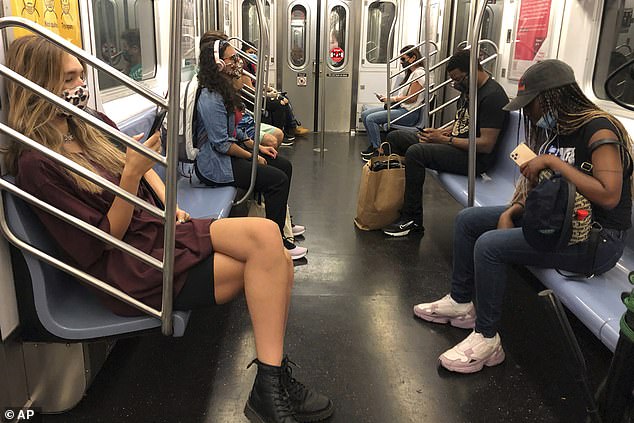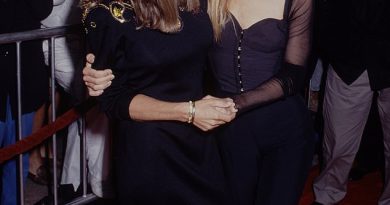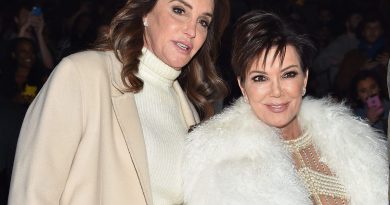Report claims coronavirus is unlikely to spread on NYC subway and buses
[ad_1]
Riders of the New York City subway and bus system are at low risk of being infected with the novel coronavirus, researchers claim.
The report, commissioned by the American Public Transportation Association (APTA), looked at mass transit ridership across the country over the last three months.
It claims buses and trains are safe because they are well-ventilated and people wear masks and don’t talk during their relatively short rides.
The authors state that COVID-19 infection rates are linked to how widespread the virus is in a community rather than how many people ride its public transportation.
However, there have been several studies and papers which argue transportation systems in big cities such as New York City helped spread the virus, particularly during the early days of the pandemic.

A new report claims that New York City subway and bus commuters have a low risk of catching coronavirus during their rides. Pictured: People in face masks ride the subway in Manhattan during the coronavirus pandemic, August 27

Between June and August, MTA rides rose from 1.25 million per day to 2.25 million while cases dropped from 650 daily to 250, the report states (above)
Sam Schwartz, whose consulting firm prepared the report, told DailyMail.com that risks are low on trains and buses because people spend short amounts of time on them, they don’t talk during in transit and masks catch droplets and aerosols.
He argued airplanes, on which people spend long period of time, pose much higher risks to travelers.
Schwartz said people face much greater risks in their workplaces than during their commute to work.
‘This doesn’t mean that there’s no risk. There’s a risk in anything you do whether it’s driving or crossing the street…but the idea there will be clusters [of infections] just doesn’t seem to be the case from all the evidence that we’ve seen,’ he said.
In the report, researchers looked at COVID-19 cases in New York City and ridership on the city’s transit system between June 1 and August 18, 2020.
Over that time period, the number of subway and bus rides rose from 1.25 million per day to 2.25 million per day.
Meanwhile, the average number of coronavirus cases dropped from about 600 daily day to around 250 daily.
The report found similar situations in San Francisco, California; Hartford, Connecticut; Columbus, Ohio; and Salt Lake City, Utah.
‘[There is] no direct correlation has been found between use of urban public transit and transmission of COVID-19,’ the report states.
‘Case studies underscore that case rates are tied primarily to local community spread, rather than correlated to public transit ridership rates.’
The APTA did not immediately reply to DailyMail.com’s request for comment.
Ridership in New York has severely fallen, according to data from the Metropolitan Transit Authority (MTA), which runs public transportation for the state.

The report argues buses and trains are safe because they are well-ventilated and people wear masks and don’t talk during their relatively short rides

The authors state that COVID-19 infection rates are linked to how widespread the virus is in a community rather than how many people ride its public transportation.

Millions of dollars have been spent cleaning and disinfecting buses, trains and high-touch point areas such as kiosks. Pictured: An MTA cleaning contractor sprays Shockwave RTU disinfectant inside a New York City subway car, May 23
Subway ridership is down about 70 percent, bus ridership down about 50 percent and commuter rail ridership is down about 75 percent from 2019 monthly averages.
Officials have taken several steps to ensure the public that it is safe to ride again.
Millions of dollars have been spent cleaning and disinfecting trains, bused and high-touch point surfaces such as kiosks and turnstiles, and a $50 fine has been implemented for those who don’t wear a mask during their ride.
‘This report adds to the growing body of evidence that mass transit is safe with the proper public health safeguards in place,’ Abbey Collins, a spokeswoman for the MTA, said in a statement to DailyMail.com.
However, Dr Jeffrey Harris, a professor in the Department of Economics at the Massachusetts Institute of Technology disagrees.
In April, Harris published a paper arguing that New York City’s subway system was a one of the biggest – if the not the biggest promulgator – for the spread of COVID-19 during the early days of the pandemic
He told The Wall Street Journal that the MTA did not take such stringent cleaning steps in March and April 2020.
Harris added that there was high ridership on subways in the first two weeks of March at the same time there was a ‘rapid, exponential surge in infections.’
‘There is strong evidence that New York City’s unique, massive subway system served as a vehicle to propagate the virus rapidly throughout the city’s five boroughs within days of arriving from abroad,’ he told the newspaper.

Academics argue such cleaning measures were not in place during the early days of the pandemic, which is what helped spread the virus. Pictured: People ride the L train subway during rush hour in New York City, June 8

The report warns of ‘long-term health consequences’ if the public begins riding in cars rather than on transit systems (above)
The MTA ridership data also showed that traffic at bridges and tunnels is just 20 percent lower than 2019 averages – almost back to pre-pandemic levels.
This implies that as commuters have shunned subways, trains and buses, they have switched to using cars and taxi cabs.
The report warns of ‘long-term health consequences’ if the public begins riding in cars rather than on transit systems.
‘Cars pose enormous risks. On a per mile basis, you’re 20 times more likely to be in fatal crash by car than you are in transit,’ Schwartz said.
He added that cars contribute to air pollution and the acceleration of climate change more than transit.
Additional, he said that people eat more calories when they travel via automobile compared to subways or buses, and that walking to and from a station burns more calories.
‘For cities, this is an existential moment,’ Schwartz said.
‘If we destroy the transit systems and don’t invest in our transit systems…and think we can rely on the automobile, we will ultimately kill more people in the decade of the 2020s than if we take the smart approach and save our transit systems.’
[ad_2]
Source link



